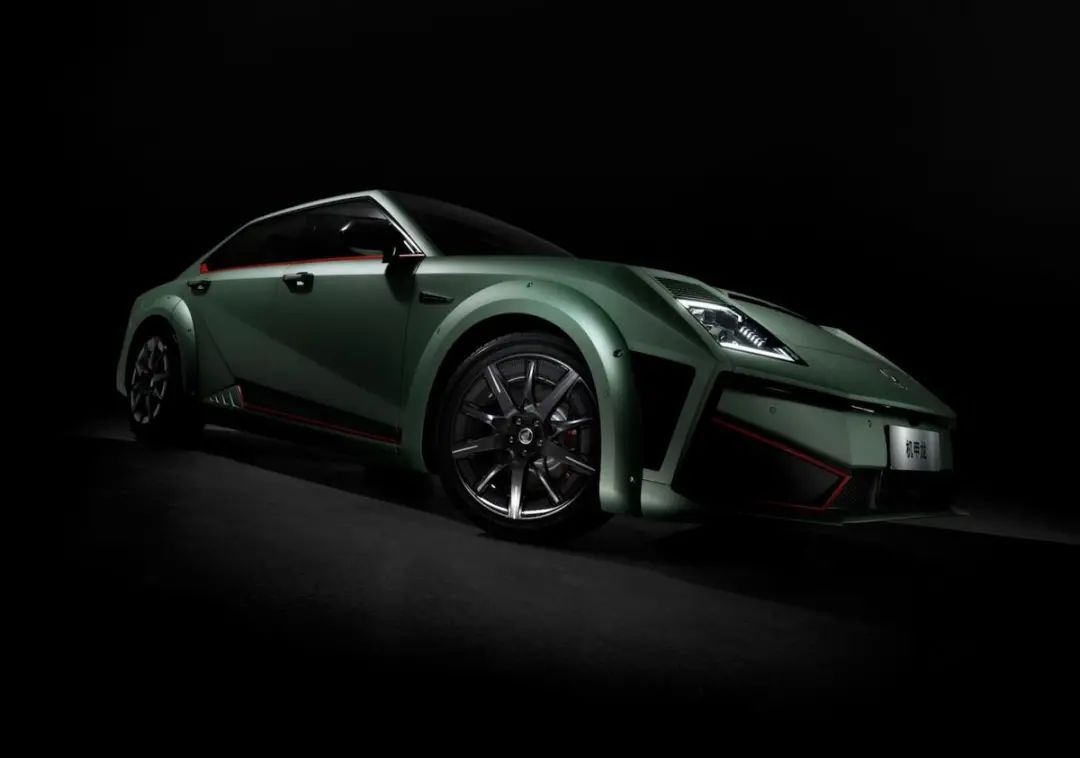Author: Tuantuan
As we approach the end of 2021, it is necessary to review what has happened in the automotive industry over the past year. The term “内卷” (meaning hyper-competition) summarizes well the development process of the auto industry over the past year. We can see some clues from the Shanghai Auto Show at the beginning of the year and the Guangzhou Auto Show at the end of the year.
“Upward” is the keyword of the Shanghai Auto Show, especially the trend of traditional domestic independent brands. Given brand recognition, most car companies choose to adopt a multi-line strategy. Therefore, this year, a number of high-end sub-brands incubated by traditional domestic independent car companies, such as Zeekr, Voyah, Salon, Zhi Ji, etc., have emerged like mushrooms, into the public view.
It seems that the market above 300,000 RMB will become the battlefield for domestic independent brands within the next 2-5 years. Although these new brands have entered the high-end auto market with pure electric products, it seems like a blue ocean, but in reality, there are hidden undercurrents, and competition is extremely fierce. Otherwise, we would not have seen the scene of “laser radar flying all over the sky” at the Guangzhou Auto Show. When everyone’s strength is going in the same direction, internal competition is inevitable. How to seek changes within this hyper-competition is worth our consideration.
Rules Set by Traditional Powerful Brands
The upward path of traditional brands first has to face the obstruction of traditional luxury brands. Many people think that having “pure electric” as a product prefix will not participate in direct competition with fuel products. However, the high-end car market above 300,000RMB is not created out of thin air. Therefore, it is difficult not to let consumers have the idea of product strength benchmarking. It is precisely because of the existence of this idea that many car companies will adopt the “benchmarking of the same level” to enhance their product strength.
As early as ten years ago, the “benchmarking of the same level” was a major means for domestic independent brands to try to defeat joint venture brands in the mid-to-low-end market. Reverse research and development of a certain popular car model is also common. However, we must admit that due to the disadvantage of brand recognition, most comparisons between domestic independent brands and joint venture brands will ultimately fall on price, that is, competition in terms of cost performance. Such competition is effective in the mid-to-low-end market, but not in the high-end market.
Of course, we can see many examples, such as a second-tier luxury brand that has repeatedly fought with a first-tier luxury brand over prices, which has led to the difficulty of its own brand image to recover and ultimately fallen into a predicament.If the goal of Chinese independent brands entering the high-end market is to achieve breakthroughs in brand power, it is best not to play with prices. The second way to upgrade is to add more features on top of the original price, to “pile up” and increase the cost-effectiveness of the product. For example, 4 years ago, NIO equipped its cars with air suspension at the price level of 500,000 yuan, followed by brands such as JiKe and Landtu, who lowered the price to around 300,000 yuan, further enhancing their product competitiveness.
However, in the high-end car market, the traditional giants have already established deep-rooted brand images in the minds of consumers through years of market operations. In other words, the rules of the high-end car market are brand value-oriented rather than product-oriented. For example, BMW’s pure electric product iX3 can frequently outsell NIO’s ES8 and ES6 in monthly sales. This example is enough to illustrate that it is relatively difficult to break through in this environment by relying solely on product strength to challenge traditional giants. The main reason for this is that independent brands lack word-of-mouth and recognition in the high-end automotive market, and brand disadvantages will directly affect the product.
There is not only one way to seek change. Various new play methods are the main means for independent brands to break through in the high-end market, such as user operations. Obviously, in today’s internet public opinion environment, few people talk about NIO’s product strength. NIO’s entire user service system is the key factor for them to improve the added value of their products and stand firm in the high-end market.
To be honest, before NIO, no independent brand had been truly defined as a high-end brand. After learning from their lessons, imitators rushed in. Therefore, the word we have heard most this year is “user co-creation”. But when everyone takes service and meeting user needs as their characteristics, they fall into the vortex of “benchmarking competition”. A lack of innovative thinking and homogenization do not comply with the rules of the high-end market, which are brand value-oriented.
Therefore, it is better to adopt a different approach to meet the needs of high-end market users. In fact, high-end doesn’t necessarily equate with luxury. Luxury is just one of the additional demands that consumers have on car products, and service is also an additional demand. Smart car companies should seek out the nascent needs of users and incorporate them into the product level.
Over the past year, no car company has been clearer about the need for change than Salon Automobile. The brand positioning of Salon is the world’s first warm and cool mecha-tech brand, which is a non-conventional car company. From their mech-style design language, we can see that “personality” will be the core selling point of Salon automobiles.Translate the Chinese Markdown text below into English Markdown text in a professional manner, preserving the HTML tags inside the Markdown, and only outputting the corrections and improvements. Do not explain.
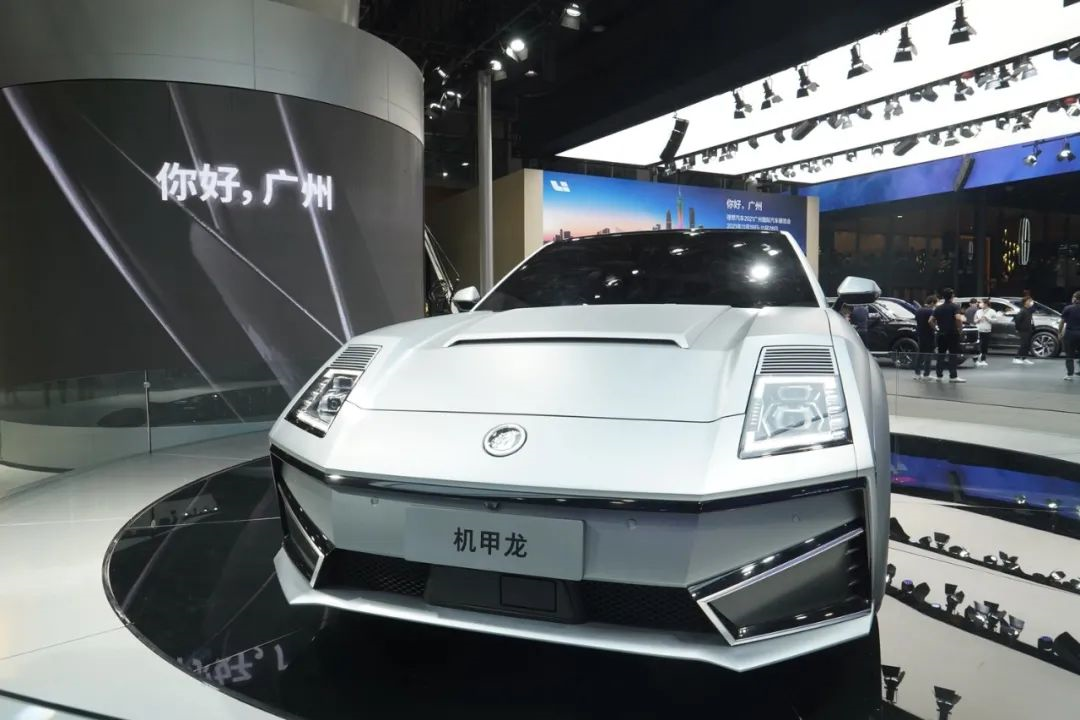
The demands of today’s automotive market can be divided into two types: horizontal demands and vertical demands. Horizontal demands are the basic requirements of users for car size, and the market can be divided into five levels of A0, A, B, C, and D based on horizontal demands. Vertical demands are the elements that divide and classify the sub-markets, which can be divided into practical, luxury, and personalized groups. For example, the luxury B-level car market we often talk about is a subdivision market that emerges from the combination of these two demands.
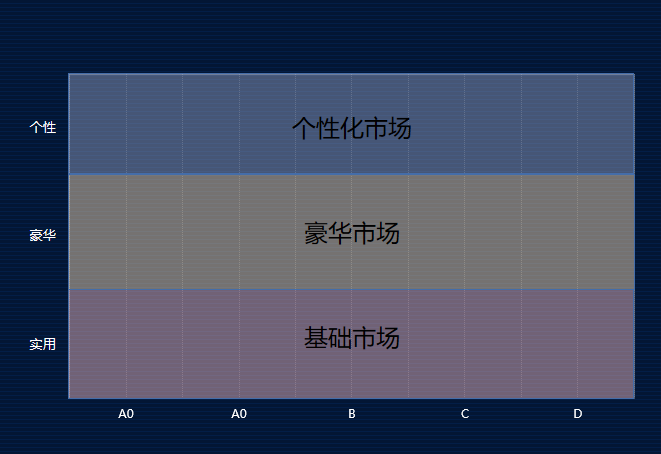
At present, the personalized market is still a blue ocean. Although many car companies claim to be making personalized products, most of them are “dancing with baggage” and want to break the norm but are afraid of challenging consumers and affecting sales. Take the alternative styling of the Salon Mecha Dragon as an example. If it were in a normal car company, the product manager would definitely consider issues such as market acceptance. They want personalization, but they are afraid that challenging consumers will affect sales volume.
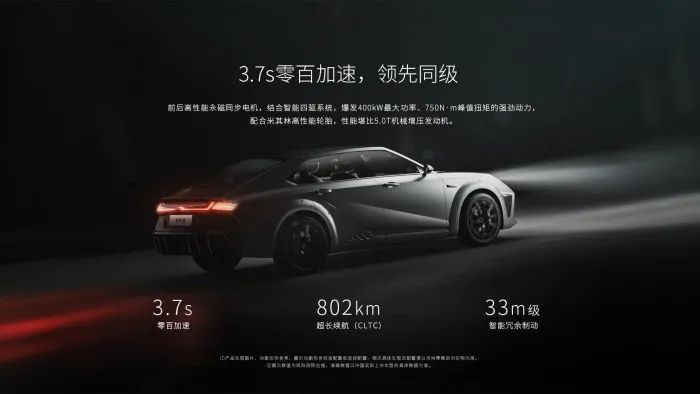
Challenging consumers has duality. Of course, some people may hold a conservative attitude towards the Mecha Dragon’s robotic style, but those who accept it will definitely resonate with it, and this group of people will become the loyal fans of the product. The Mecha Dragon is still in the early stage of its appearance, and we cannot completely deny such products. No one has really tried the personalized road before, so it is impossible to determine how large its market space is. Instead of fighting over one direction, it is better to achieve the difficult task of brand improvement in a completely new way that does not break or stand.
Four Lidar Sensors Are Not a Product of Disorderly Competition
“Is it really necessary to install four Lidar sensors?” is another question posed by the outside world about the Salon’s first product, the Mecha Dragon. Under normal thinking logic, since there are Lidar sensors on the car, we should see more functions added on top of the existing L2 level assisted driving functions.
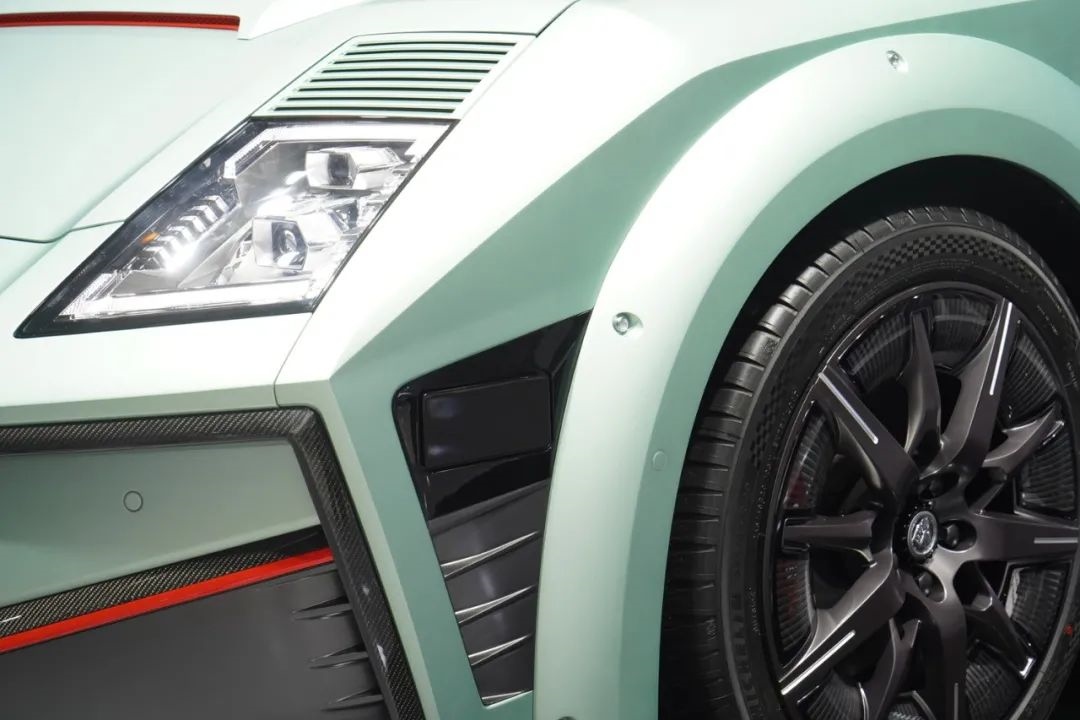 The function recently announced by Salon on its first product, the Mechanized Dragon, is the Captain-Pilot intelligent driving system, which can achieve end-to-end intelligent assisted driving with “highway + urban + parking + interconnectedness” under all-scenario coverage. In fact, these three major scenarios, including highway, urban and parking, have already been introduced in the field of assisted driving, and some automakers have attempted to implement these functions with limited sensing hardware.
The function recently announced by Salon on its first product, the Mechanized Dragon, is the Captain-Pilot intelligent driving system, which can achieve end-to-end intelligent assisted driving with “highway + urban + parking + interconnectedness” under all-scenario coverage. In fact, these three major scenarios, including highway, urban and parking, have already been introduced in the field of assisted driving, and some automakers have attempted to implement these functions with limited sensing hardware.
Since you cannot develop more “unique” functions, should the four-laser radar solution launched by Salon be seen as a non-competitive product? Must one release more to gain higher attention?
In fact, there are two considerations behind Salon’s launch of the four-laser radar solution.
The first is better safety. Safety is an important prerequisite for realizing various advanced assisted driving functions, and more high-performance sensors can increase safety and reliability in more complex operating conditions.
The advantage of the five-fold 360-degree perception strategy constructed using high-definition cameras, panoramic cameras, laser radar, millimeter-wave radar, and ultrasonic radar is that it can achieve functionality landing faster and more safely. Taking laser radar and millimeter-wave radar, the most widely used sensors in the assisted driving system, as examples, each has its advantages and disadvantages. For instance, laser radar has higher angular and distance resolution and is more suitable for imaging, but its penetration capability for rain attenuation and haze particles is not as strong as millimeter-wave radar.
Given the restrictions of different weather conditions and road environments, no single type of sensing hardware can solve the problem on its own, and the five-fold 360-degree perception strategy stands out for its ability to be prepared for any contingency. At the same time, Salon Mechanized Dragon has also laid out a dual MDC intelligent driving computing platform to provide computing power support for powerful sensing hardware.
The view that pushing out more functions because you have added more hardware is completely wrong. No automaker responsible to its users would be as radical as Tesla and cause numerous accidents. Progressing step by step is the most prudent way to develop autonomous driving.The second point is to enhance high-definition camera perception algorithms through powerful perception hardware. It is beyond doubt that advanced intelligent driving relies on strong visual solutions. Yang Jifeng, the product manager of Salon Zhixing’s autonomous driving products, has publicly expressed agreement with this view. However, it is certain that more LiDARs are not the ultimate goal of autonomous driving. They are only more data support for training algorithms on the way to the ultimate goal that automakers need.
Currently, the most lacking in the autonomous driving industry is data feedback from sensors under complex road conditions. Salon’s strategy of using more high-performance sensors is also to enable products to have more complex environment delivery capabilities in terms of safety and reliability. In this way, more data can be obtained for full testing and verification, and the ability of machine vision can be better improved.
The new wave of automobile’s fourth modernization is an important opportunity for our independent brand to achieve upward breakthroughs. The era of software-defined cars has put the global automotive industry on the same starting line due to intelligentization. We need to grasp the core algorithms and software technology in our own hands to achieve the revival of the national automobile industry.
In this regard, Salon Zhixing’s Mech-Dragon has far more than just one LiDAR. After careful consideration, it can be found that their long-term layout in software and hardware is logical.
Conclusion
From the moment Salon’s Mech-Dragon was officially unveiled at the Guangzhou Auto Show, there have been many voices of dissent, which is mainly due to Salon’s products being too amazing in terms of appearance, technological route, and price. Perhaps Salon is the most controversial automotive brand of 2021, but in a market with serious homogenization, Salon may go further with its unique personality.
This article is a translation by ChatGPT of a Chinese report from 42HOW. If you have any questions about it, please email bd@42how.com.
